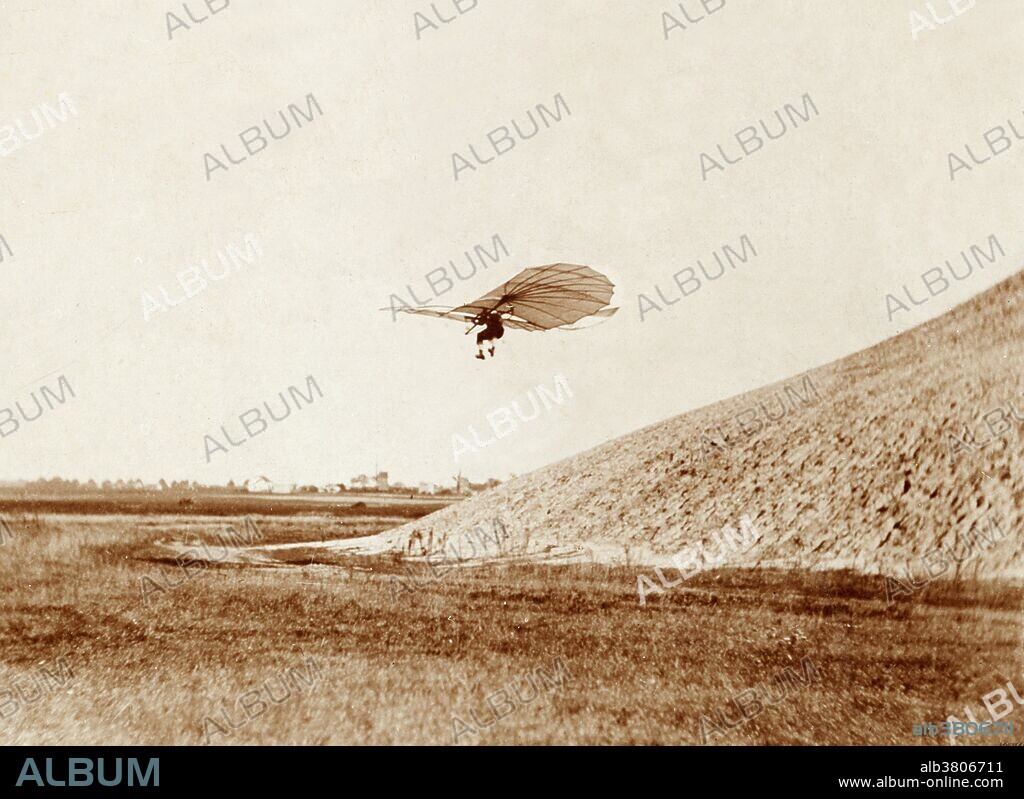alb3806711
Otto Lilienthal's Glider, 1895

|
Zu einem anderen Lightbox hinzufügen |
|
Zu einem anderen Lightbox hinzufügen |



Haben Sie bereits ein Konto? Anmelden
Sie haben kein Konto? Registrieren
Dieses Bild kaufen

Titel:
Otto Lilienthal's Glider, 1895
Untertitel:
Siehe automatische Übersetzung
Otto Lilienthal's glider in flight, 1895. Otto Lilienthal (May 23, 1848 - August 10, 1896) was a German pioneer of aviation who became known as the flying man. He was the first person to make well-documented, repeated, successful flights with unpowered airplanes. Newspapers and magazines published photographs of Lilienthal gliding, favorably influencing public and scientific opinion about the possibility of flying machines becoming practical. During his short flying career, Lilienthal developed a dozen models of monoplanes, wing flapping aircraft and two biplanes. His gliders were carefully designed to distribute weight as evenly as possible to ensure a stable flight. Lilienthal controlled them by changing the center of gravity by shifting his body, much like modern hang gliders. On August 9, 1896, his glider stalled and he was unable to regain control. Falling from about 50 feet, he broke his neck and died the next day, at the age of 48. Lilienthal's research was well known to the Wright brothers, and they credited him as a major inspiration for their decision to pursue manned flight.
Bildnachweis:
Album / Science Source / Library of Congress
Freigaben (Releases):
Model: Nein - Eigentum: Nein
Rechtefragen?
Rechtefragen?
Bildgröße:
3600 x 2622 px | 27.0 MB
Druckgröße:
30.5 x 22.2 cm | 12.0 x 8.7 in (300 dpi)
Schlüsselwörter:
AERONAUT • BERÜHMT • BERÜHMTE PERSÖNLICHKEIT • DEUTSCH • ERFINDER • EUROPAEER (F M) • EUROPAEER • EUROPÄER (F M) • EUROPÄER • EUROPÄISCH • FLIEGEND • HAENGEGLEITER • HÄNGEGLEITER • LUFTFAHRT • LUFTVERKEHR • MANN • NOTABEL • PERSON • PERSöNLICHKEITEN • PERSÖNLICHKEITEN • PROMINENZ • SEGELFLUGZEUG • TECHNOLOGIE
 Pinterest
Pinterest Twitter
Twitter Facebook
Facebook Link kopieren
Link kopieren Email
Email
